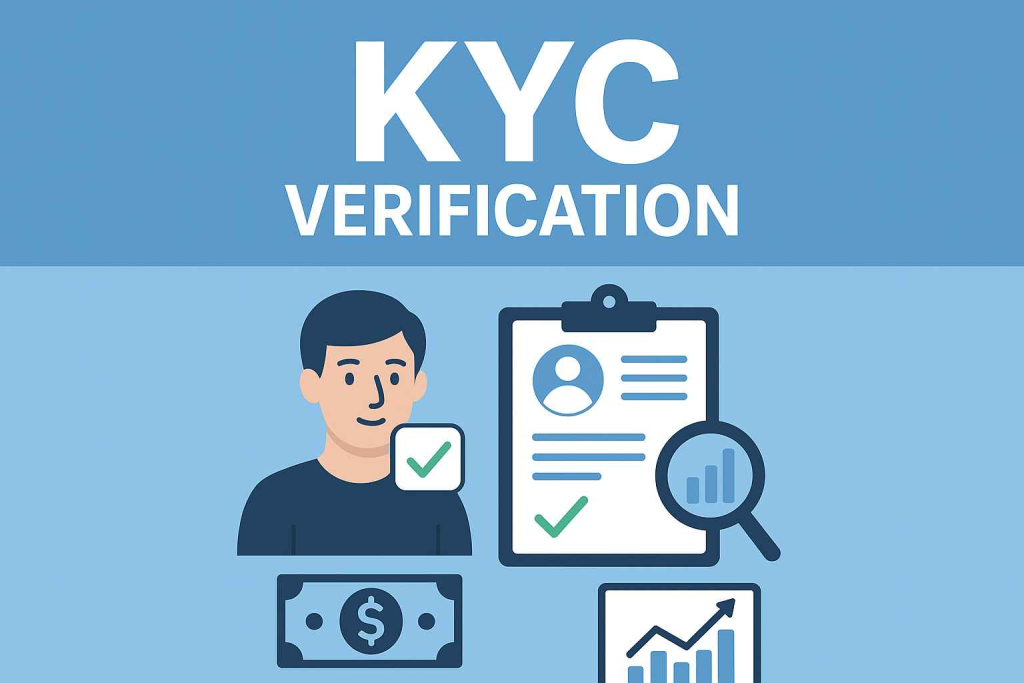Why AI Agent Development is Key to Smarter Workflows

Artificial Intelligence (AI) agents have gone from sci-fi fantasies to business-critical tools. Whether it’s the voice assistant in your phone, the chatbot helping you shop, or the intelligent engine driving personalized recommendations, AI agents are quietly revolutionizing how we live, work, and connect. But what really powers these digital geniuses?
If you’re a startup, developer, or tech enthusiast curious about AI, understanding the core technologies behind AI agent development is essential. Let’s unpack the nuts and bolts of this fascinating field and explore how these technologies come together to build smart, scalable, and game-changing AI agents.
Why AI Agents Matter More Than Ever
Before we dive into the tech, let’s look at the why.
AI agents are built to perceive their environment, make decisions, learn from interactions, and take actions to achieve specific goals. From automating customer service to driving cars, they’re reshaping industries like never before.
But it’s not magic—it’s cutting-edge technology working behind the scenes. And knowing these technologies gives you a huge edge in leveraging or developing your own intelligent systems.
1. Machine Learning (ML): The Brain of AI Agents
Machine learning is the backbone of every AI agent. It allows systems to learn patterns from data without being explicitly programmed.
How it works:
- Algorithms like decision trees, support vector machines, and neural networks process training data.
- Over time, the model “learns” and makes predictions or decisions based on new data.
- The more data it gets, the smarter it becomes.
Machine learning powers everything from spam filters to fraud detection in AI agents. It’s the key to building adaptable, evolving intelligence.
2. Natural Language Processing (NLP): Teaching AI to Understand Humans
Talking to machines is no longer futuristic—it’s everyday reality. NLP is the technology that lets AI agents read, understand, and generate human language.
NLP enables:
- Sentiment analysis
- Language translation
- Chatbots and voice assistants
- Text summarization
- Named entity recognition
Popular tools and libraries in NLP include spaCy, NLTK, GPT models, and BERT. These allow AI agents to understand context, slang, and even sarcasm—making interactions more human-like.
3. Deep Learning: Making AI Think Like a Human Brain
Deep learning is a subset of machine learning that uses artificial neural networks to mimic how our brains process information.
Core deep learning frameworks:
- TensorFlow
- PyTorch
- Keras
- MXNet
AI agents built with deep learning can:
- Recognize images and speech
- Make decisions in real-time
- Power recommendation engines
- Enhance autonomous driving
It’s like giving your AI agent a “thinking cap” that enables advanced perception and decision-making.
4. Computer Vision: Enabling Visual Intelligence
AI agents that “see” are transforming everything from security to retail.
Computer vision uses:
- Image recognition
- Facial detection
- Object tracking
- Augmented reality
Technologies like OpenCV, YOLO (You Only Look Once), and Amazon Rekognition give AI agents the ability to analyze visual data in real time. Whether it’s recognizing faces in a crowd or detecting defects in manufacturing, this tech is a must-have.
5. Reinforcement Learning: Learning Through Experience
Imagine an AI agent learning by trial and error—rewarded for good decisions, penalized for bad ones. That’s reinforcement learning in action.
Use cases include:
- Game-playing AI (like AlphaGo)
- Dynamic pricing engines
- Robotics and automation
- Inventory management
Reinforcement learning is ideal for scenarios where AI agents need to make a series of decisions, learning from feedback over time.
6. Robotic Process Automation (RPA): Automating Repetitive Tasks
While not “intelligent” on its own, RPA is often paired with AI to build powerful agents.
RPA bots:
- Automate rule-based tasks
- Interact with software like a human user
- Save time and reduce errors
When integrated with AI (aka Intelligent Automation), these bots can make decisions, understand context, and learn from data—perfect for tasks like onboarding, payroll, and customer support.
7. Speech Recognition and Text-to-Speech: Giving AI a Voice
Voice-based AI agents are becoming increasingly popular with smart home devices and virtual assistants.
Core technologies:
- Google Speech-to-Text
- Amazon Polly
- IBM Watson Voice
These tools allow AI agents to listen, interpret, and respond in natural language. Add text-to-speech (TTS) on top, and you’ve got an agent that can carry out full conversations.
8. Knowledge Graphs and Ontologies: Structuring Intelligence
AI agents need structured information to make decisions. That’s where knowledge graphs and ontologies come in.
What they do:
- Connect concepts and relationships
- Improve reasoning and search capabilities
- Enable personalized responses
Think of it as a digital brain map that helps agents understand how different ideas and entities relate to each other.
9. Cloud Computing: Scaling AI Agents Seamlessly
Cloud platforms like AWS, Google Cloud, and Microsoft Azure provide the horsepower needed to train, deploy, and scale AI agents.
Key benefits:
- On-demand compute power
- Managed AI services
- Scalable storage
- Edge computing for real-time inference
With the cloud, even small startups can build enterprise-grade AI agents without breaking the bank.
10. Data Lakes and Big Data Processing: Fuel for AI Engines
No data, no AI. Data is the fuel that powers machine learning models and intelligent decisions.
Data technologies that drive AI agent development:
- Apache Hadoop & Spark
- Kafka for real-time data streaming
- NoSQL databases like MongoDB
- Data lakehouses (Databricks, Snowflake)
The more high-quality data your AI agent has access to, the better and smarter it becomes over time.
Conclusion: Building Smarter AI Starts with Smarter Tech
AI agents are the future—and the technologies behind them are evolving fast. Whether you’re a business leader looking to deploy intelligent automation, or a developer building the next breakthrough application, knowing these core technologies gives you a strategic advantage.
From machine learning and NLP to cloud computing and reinforcement learning, each technology plays a unique role in shaping AI capabilities. Combine them wisely, and you’ll have an AI agent that’s not just smart—but unstoppable.
FAQs
1. What’s the most important technology for AI agent development?
Machine learning is foundational, but NLP, computer vision, and cloud computing are equally important depending on the use case.
2. Do I need all these technologies for one AI agent?
Not necessarily. The choice depends on your agent’s goals—some may only need NLP, while others require deep learning and vision.
3. How much does it cost to develop an AI agent?
Costs can range from $20,000 to over $500,000 based on complexity, tech stack, and data needs.
4. Can I use open-source tools for AI agent development?
Absolutely! Tools like TensorFlow, PyTorch, and Hugging Face are free and widely used by developers worldwide.
5. What programming languages are best for AI agent development?
Python is the top choice due to its extensive libraries and community support. Java, R, and C++ are also used for specific applications.

KYC Verification: Strengthening Financial Integrity Through Identity and Transaction Monitoring

Deepfake Detection: Combating AI-Generated Manipulation with Liveness Detection

Custom CRM Solutions: Transforming the Way Businesses Build Relationships

MRI Shielding Companies | Innovative Shielding for Hospitals

How Mobile App Development in Dubai Fuels Startup Success

AI Agent Developer Insights: Building Smarter and Scalable AI Systems

Mobile App Development Company Dubai: How to Find the Right Partner
